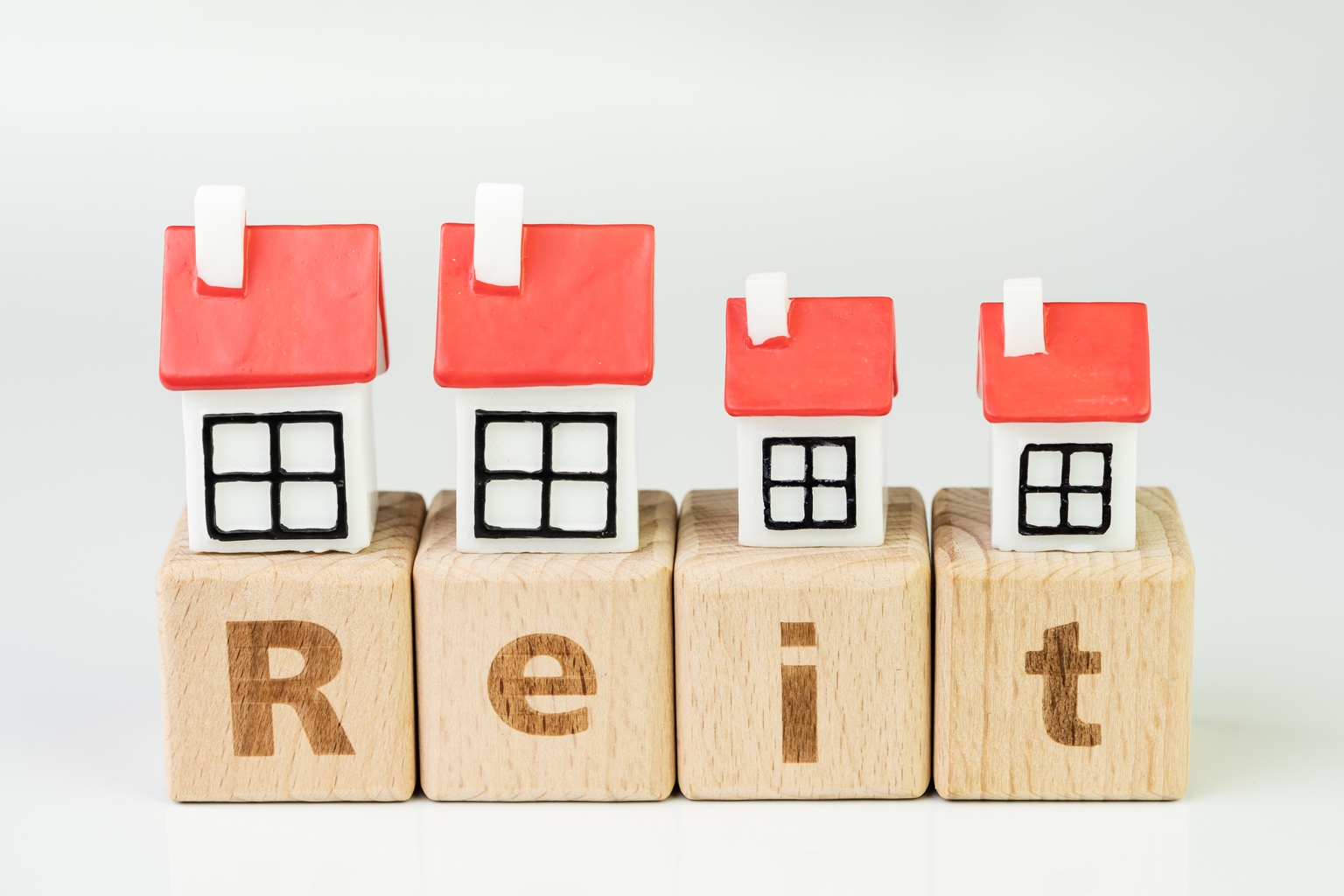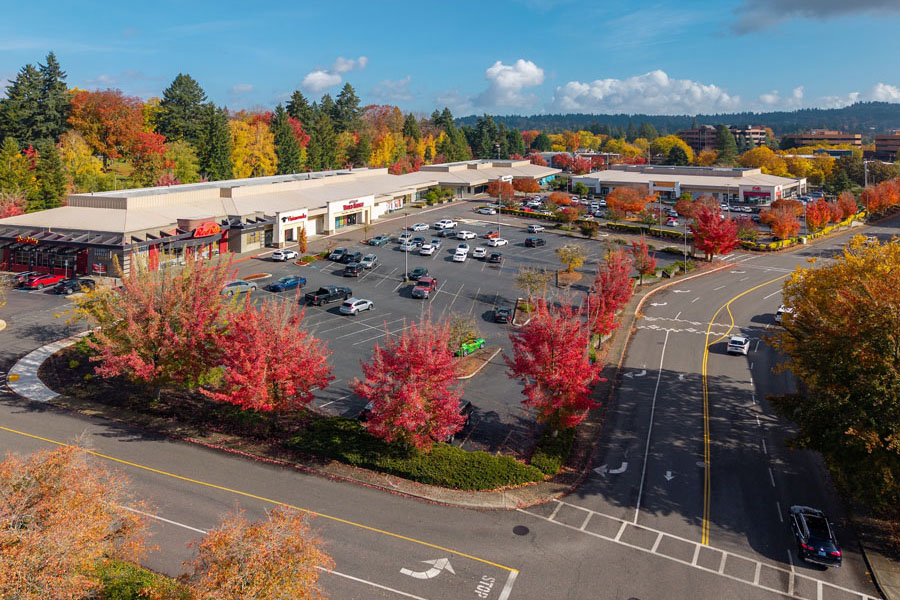U
S banks are facing a growing challenge in collecting debts as consumers and businesses struggle to pay off credit card, auto, and commercial real estate debt. According to Federal Reserve data, the share of past-due debt for these loan types has risen above pre-pandemic levels, with the charge-off rate for two of the three loan types reaching its highest level in over a decade.
Industry insiders say this has prompted big banks to take precautions by increasing their reserves, effectively setting aside cash to cover potential loan losses. While it's common for banks to increase reserves as loan levels rise, these firms' cash coffers are still lighter than they were during the Great Recession.
The three debt pain points facing Americans are credit card debt, auto debt, and commercial real estate debt. Credit card debt has seen a steady uptick in past-due balances, with over 3% of all accounts having unpaid balances as of the second quarter this year. Auto loan delinquency rates have also risen substantially above pre-pandemic levels, driven by growth in monthly debt payments.
Commercial real estate is another problem area for banks, with businesses struggling to repay loans due to high vacancy rates and elevated interest rates. While some banks are simply restoring reserves depleted during the pandemic, others are adding to their reserves as a precautionary measure.
Bank CEOs have acknowledged that elevated prices and interest rates continue to weigh on American consumers, with many expressing concerns about the softness of certain asset classes, particularly commercial real estate. Industry experts warn that prolonged debt-repayment problems could eventually present a bigger risk to the economy.















